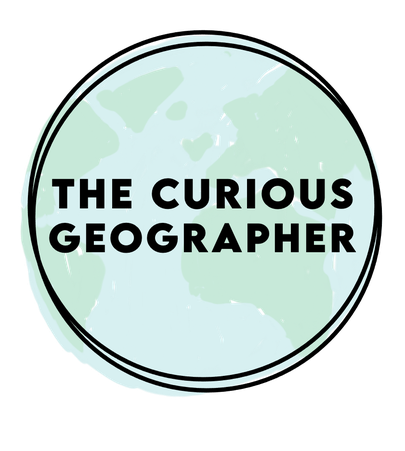
The challenges of harnessing offshore wind
Resource Management Careers Insight

Developed in partnership with


Course links: GCSE • IGCSE • A-level • IA-level • IB • National 5 • Higher Geography
Contents
Offshore wind is an abundant and renewable source of energy, set to play an important role in the transition to net zero. But there are big challenges associated with harnessing wind energy, particularly when it comes to building wind farms at sea. Overcoming these challenges are geographers and geoscientists, who bring together an understanding of physical geography, geology, geo-hazards, and energy resource management to find solutions to creating clean energy infrastructure.
In this video, team up with Dr Claire McGhee, a marine geoscientist who works in the offshore wind sector. We explore how geoscientists use their understanding of physical geography to find suitable locations for offshore wind, and what a career pathway looks like from geography classrooms to the renewable energy sector.
Acknowledgements
Written and developed by: Claire McGhee, Ellie Barker, Rob Parker, Josh Carron
Thank you to media teams at AtkinsRéalis and the University of Glasgow for contributing footage used in this video.
Attributions
Mapping the deep ocean by GeoscienceAustralia is licenced under CC BY 3.0
Everything You Need to Know About RRS Discovery by National Oceanography Centre is licenced under CC BY 3.0
RRS Discovery 2023 Refit Part 1: Preparations by National Oceanography Centre is licenced under CC BY 3.0
Offshore Wind: the Future of Electricity in the United States by ElectricTV is licenced under CC BY 3.0
What is Deep Sea Mining? Ep. 2: Deep Frontiers. With Stefan Helmreich by Inhabitants is licenced under CC BY 3.0
University of Glasgow West Quadrangle by Michael D Beckwith is licenced under CC BY 3.0
"Tsunami caused by landslide" video by GeoscienceAustralia is licensed under CC-BY-3.0
"NOAA Tsunami Animation" video by NOAA is licensed under Public Domain



